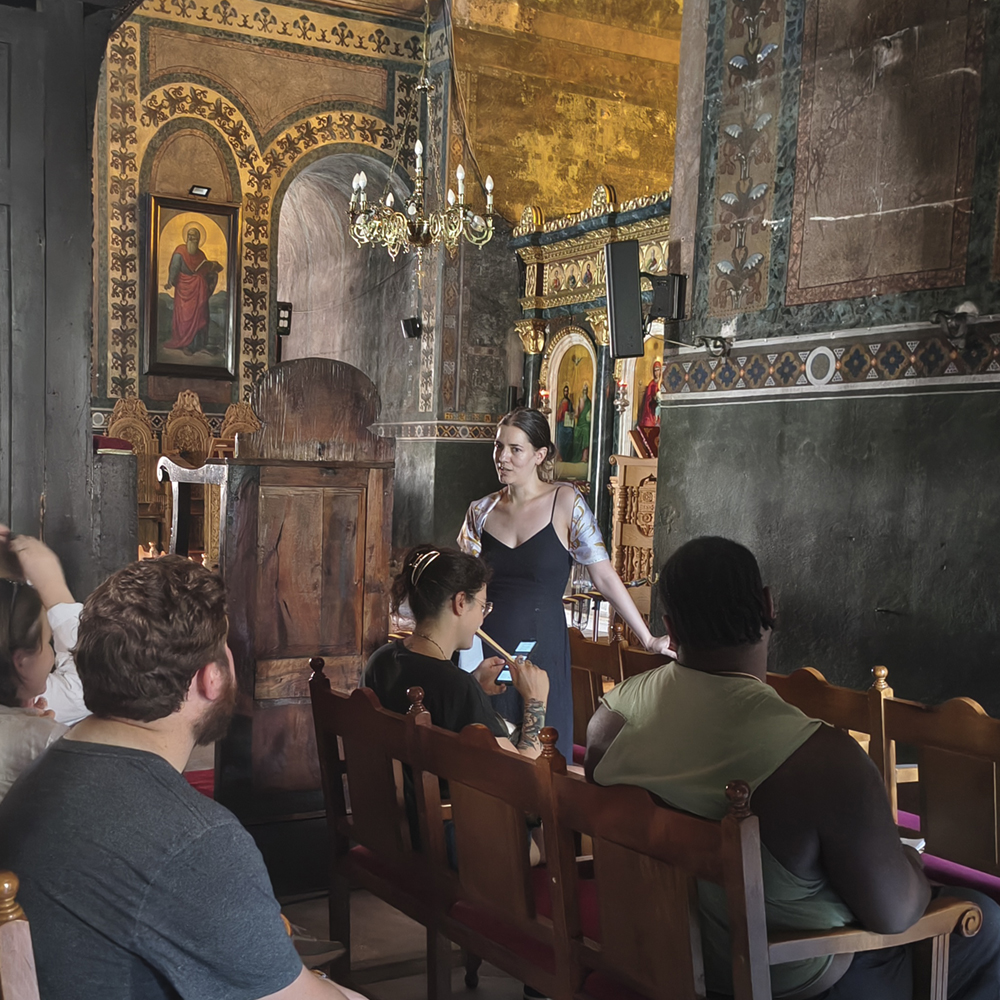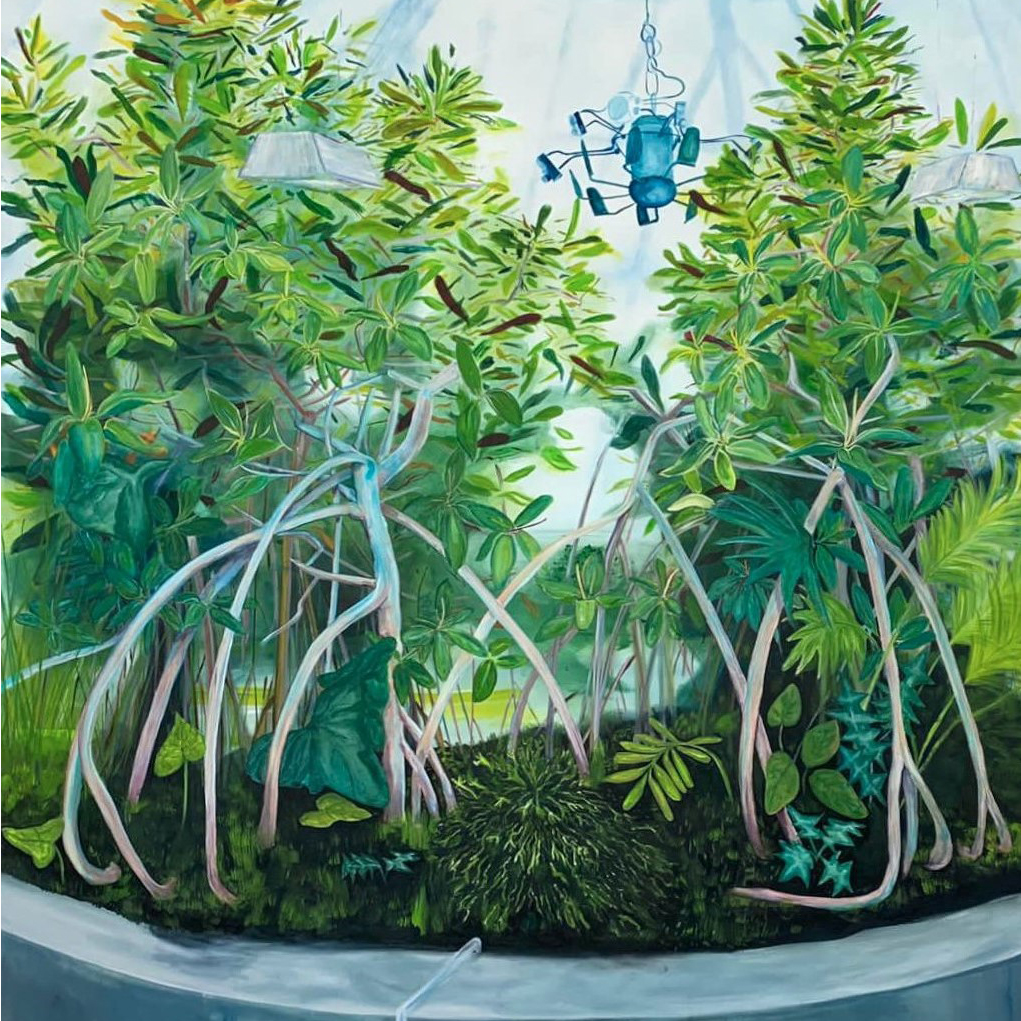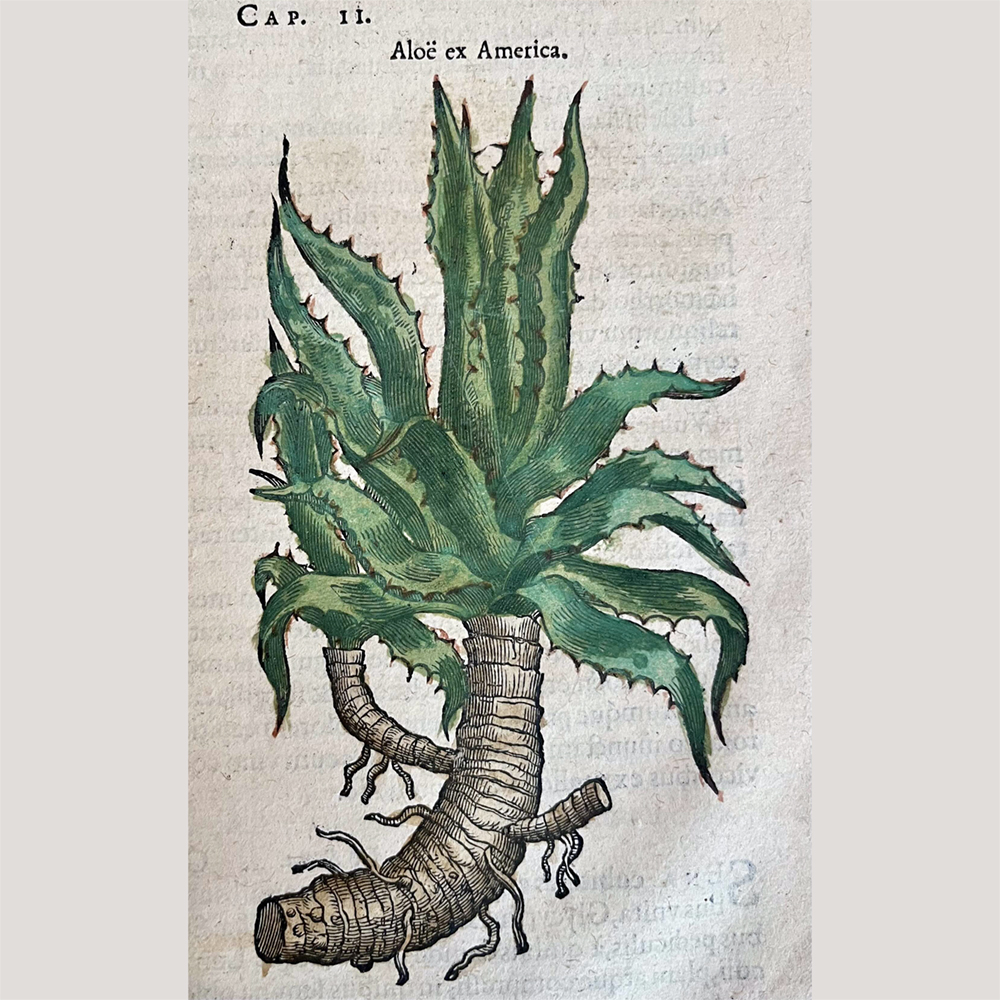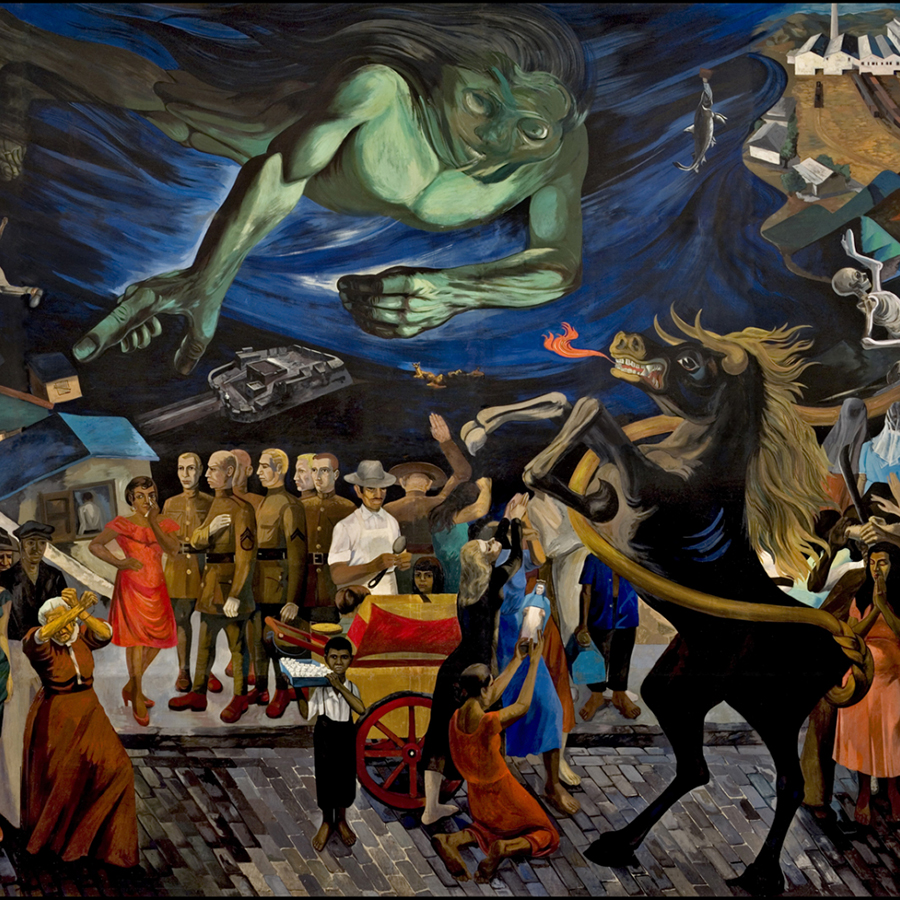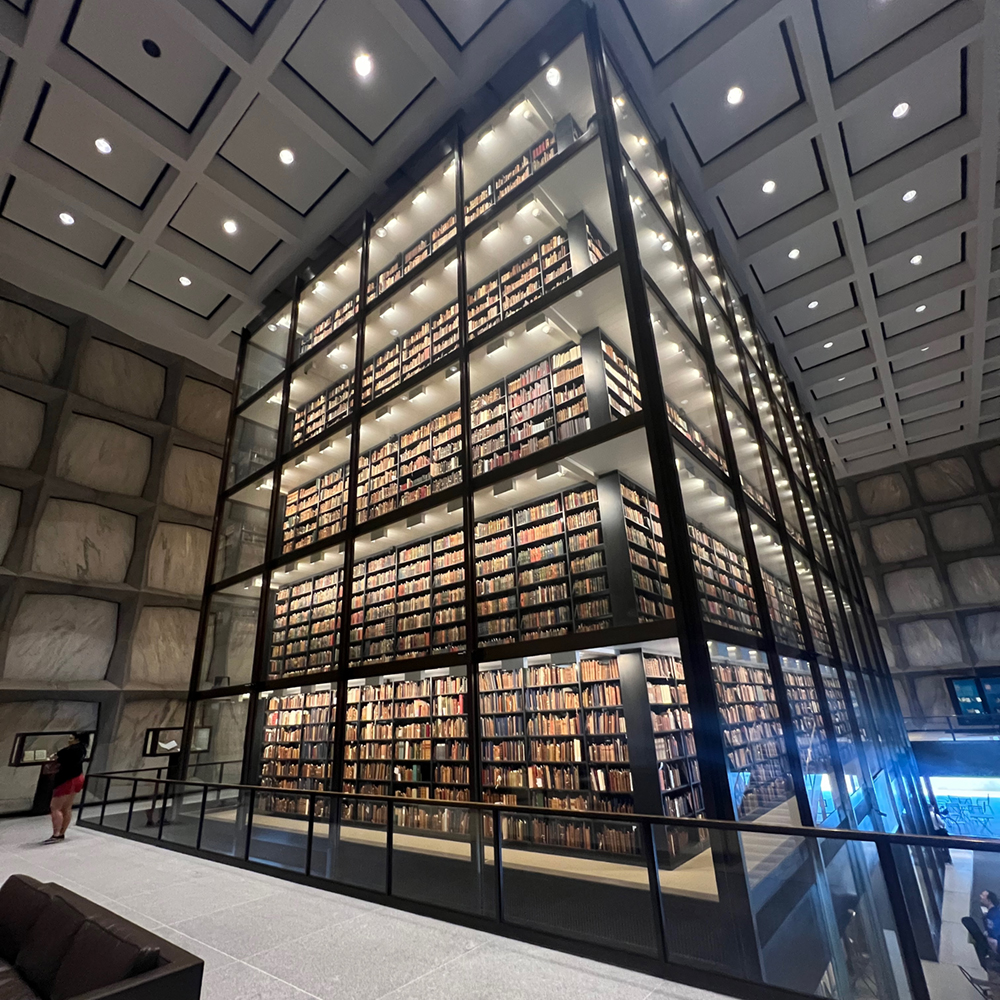Student & Faculty Travels, Exhibitions, Presentations, and Publications
Summer & Fall 2025
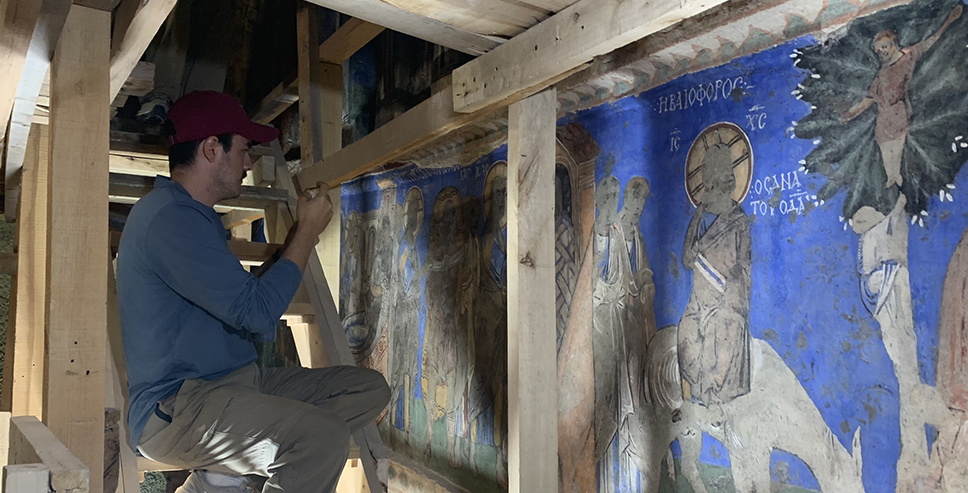
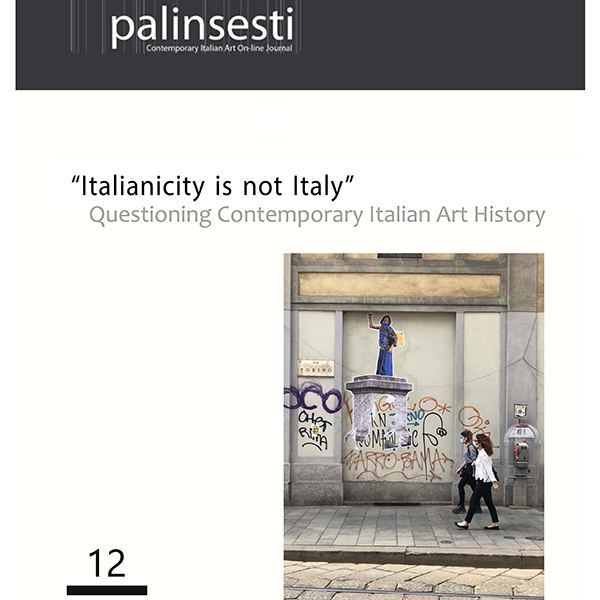
As a summer 2025 graduate fellow at the The Johnson Collection in Spartanburg, SC, Art History doctoral candidate Danelle Bernten presented a Juneteenth lecture on four African American artists–Ernie Barnes, William Cooper, Aaron Douglas, and Clementine Hunter–exhibited in Art of the Athlete (April 16, 2025–July 12, 2025). Danelle also curated the exhibition Taking Care: Images of Devotion and Caregiving, on view from September 2 to December 12, 2025. Danelle will present “Curating Compassion” to the Museum Studies and Art Historiography class at Wofford College in Spartanburg in October. This year, Danelle also published “Purvis Young’s Galactic Geopolitical Maelstroms of Black Maternity” in Studies in American Culture (University of South Alabama, May 2025) and “Basquiat’s black-eyed beams” in the Journal of Visual Culture.
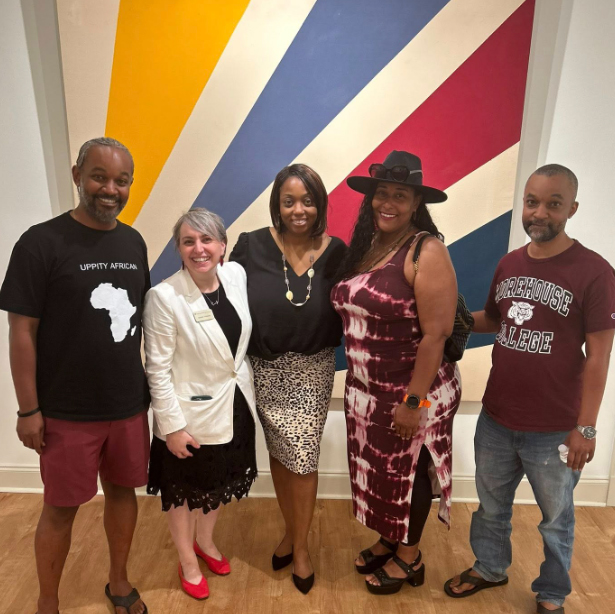
Associate Professor Tenley Bick has edited a special issue of a peer-reviewed journal, Palinsesti, an open-access academic journal that promotes art-historical studies by international authors about Italian art from 1960 until today. The issue, “’Italianicity is not Italy’: Questioning Contemporary Italian Art History,” is dedicated to postcolonial and decolonial approaches to contemporary Italian art history. The issue includes scholarship that challenges dominant narratives of postwar and contemporary Italian art, specifically through attention to the exclusionary discourses that frame it as an area of study. Dr. Bick contributed an introductory essay to the issue and an article entitled “Photography between Diaspora and Disillusionment: West African Studio Portraiture, Diaspora, and Italy in the Work of Silvia Rosi.”
Doctoral student Quentin Clark received Third Prize for his essay “Projecting and Protecting a Liturgy of Light: Dolphin Imagery on a Sixth-Century Byzantine Polycandelon.” This award, distributed annually by the International Center of Medieval Art (ICMA), includes a $100 prize. Quentin will also present this paper at the 51st Annual Byzantine Studies Conference in Detroit in November, and at our departmental Research Forum on September 19.
Doctoral candidate Caitlin Mims participated in the Gennadius Library Medieval Greek Summer Session in Athens, Greece, in the summer of 2025. The program focused on the teaching of Medieval Greek is taught by Professor Alexander Alexakis of the University of Ioannina and Professor Stratis Papaioannou of the Hellenic National Research Foundation. The objective is to familiarize students who have a sound foundation in Classical Greek with Medieval Greek language and philology by exposing them to primary sources, different kinds of literary genres, paleography, and epigraphy, drawing on the resources of the Gennadius Library. Dozens of successful Byzantinists are alumni of this program.
Professor Robert Neuman and two of his graduate students presented papers at the International Disney, Culture, & Society Conference in June 2025. The student talks were based on research papers written in Dr. Neuman’s “Walt Disney and the American Century” seminar. Doctoral student Raigen Sumrall presented “Math, Magic, and the Spaces Where They Converge: Donald in Mathmagicland,” showing how Disney’s science consultant for the cartoon, German scientist Heinz Haber, structured the narrative in accordance with his educational background and moral philosophy. Recent MA graduate Valarie Godwin‘s paper, “‘Anybody Know the Names of Those?’: An Examination of Plant Life in the Jungle Cruise,” explored new ways of looking at the “natural” landscape in Disneyland’s Jungle Cruise attraction, based on memoirs of the designer and the ride’s hyperreal effect. Dr. Neuman’s paper, “From Scotland to Disneyland: Rob Roy, the Highland Rogue (1953), Tartanry, and Scottish National Identity,” examined how Walt Disney’s production team used well-known devices of Tartanry—defined as stereotypes of Scottishness—to create plot points and visual metaphors that would lend an aura of authenticity to the historical film.
Doctoral student Sara Rodríguez Rivera recently published “Mi amigue el mangle: Un reencuentro con la obra migratoria de Laurie De Jesús Lagares” in CENTRO’s RicanWritings. The essay grows out of Rodríguez Rivera’s personal correspondence with Puerto Rican artist Laurie De Jesús Lagares, conducted while Lagares was studying in Switzerland and Rodríguez Rivera in Virginia. These conversations illuminate how Lagares turns to the mangrove as both metaphor and companion, a figure through which she explores uprootedness and endurance. Sara shows how, In De Jesús Lagare’s works, the mangrove becomes a vessel of memory, resilience, and care, embodying the ways diasporic lives continually remake home across distance while also confronting the enduring legacies of coloniality.
Doctoral candidate Sheila Scoville will be a presenter at national and international conferences this fall. In September, Sheila will present the paper “Framing Conversations on Racism: Vincent Valdez’s The City at the Blanton Museum of Art” at the 49th Annual Social Theory, Politics, & the Arts Conference in Philadelphia, PA. Later in the month, Sheila will present “Agave: Un-discovering a New World Plant” at the conference Dialogues and Dissonances: The Environmental Humanities from North-South Perspectives, in Lisbon, Portugal. In October, she will present “Visualizing Human-Agave Symbiosis in Colonial Mexican Manuscripts” at the 2025 American Society of Ethnohistory Conference in San Antonio, TX. To help fund her conference travel, Sheila has been awarded the 2025 STP&A Scholarship Award and an FSU COGS Presentation Grant. She has also received the Mason Dissertation Research Award to study primary sources for her doctoral project at research centers in Spain and France, which she will visit while abroad this semester.
This summer, doctoral candidate Estefanía Vallejo Santiago delivered a public lecture, “History of Puerto Rican Muralism” at the Museo de Arte de Puerto Rico (video here). She also published two scholarly public-facing works that reflect the range of her research and curatorial interests. “Boundaries of Belonging: Reclaiming Place through Memory and Architecture,” published with the Center for Puerto Rican Studies (CENTRO), examines how Afro-Puerto Rican memory and architectural restoration serve as acts of reclamation and community empowerment. Her article “The Basse: A Ghost Engine – Tevin Lewis and the Mythic Systems of Becoming,” published in Burnaway magazine, offers a critical analysis of contemporary art practices that merge ancestral storytelling, sustainability, and myth-making. In addition, she taught abroad in Florence, Italy, leading a course that engaged students with art history through direct study of Renaissance and Baroque works within their original contexts.
Doctoral candidate Emily White was granted a research fellowship at Yale University’s Beinecke Rare Book and Manuscript Library. This summer she used the extensive collections onsite for doctoral research on her dissertation “Visual Surgery: Printing in Early Modern Europe.” The Beinecke as well as the Harvey Cushing/John Hay Whitney Medical Library, house many early modern rare books, specifically on surgical imagery.

